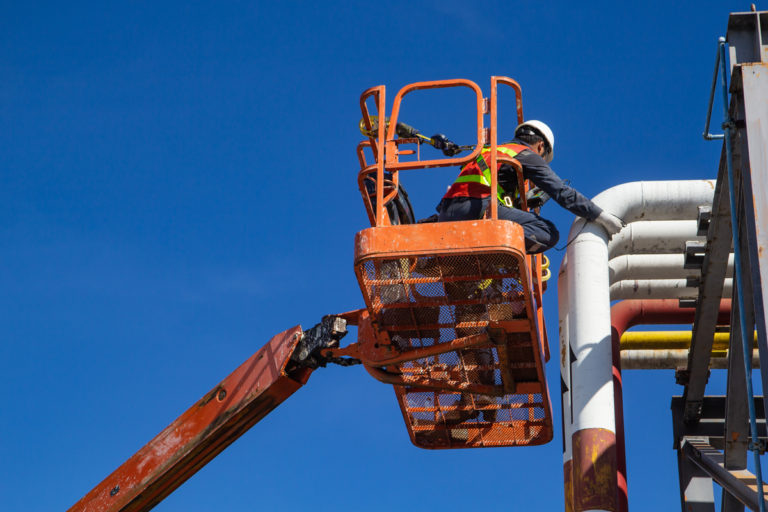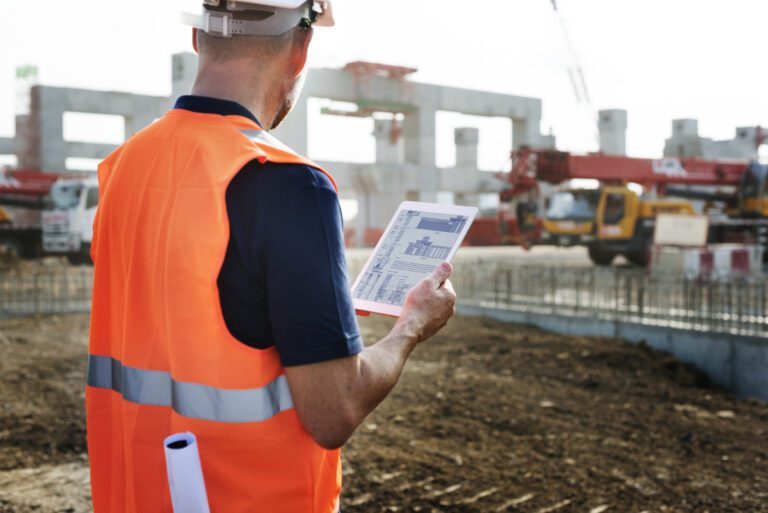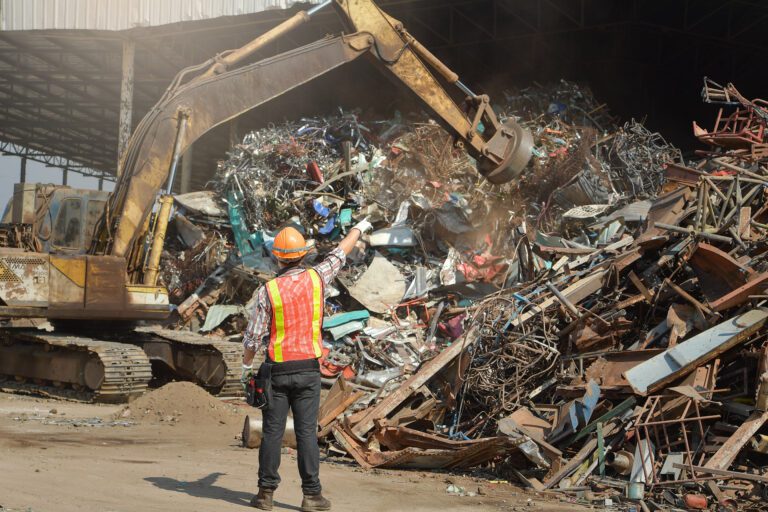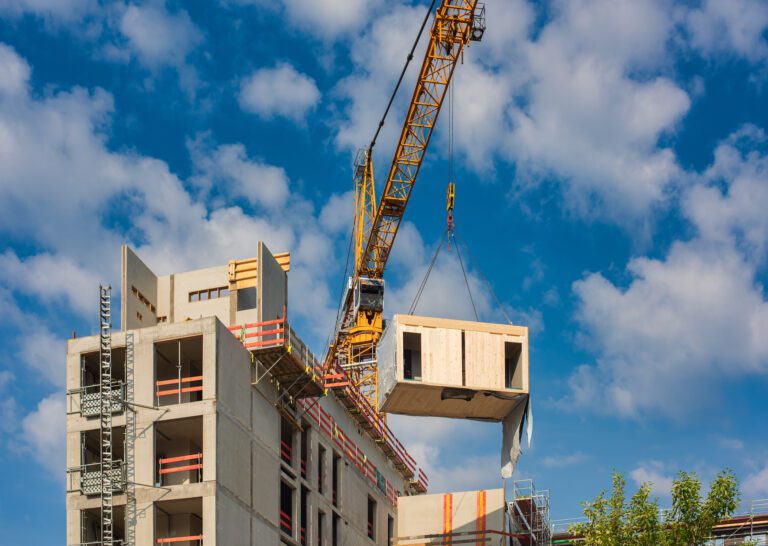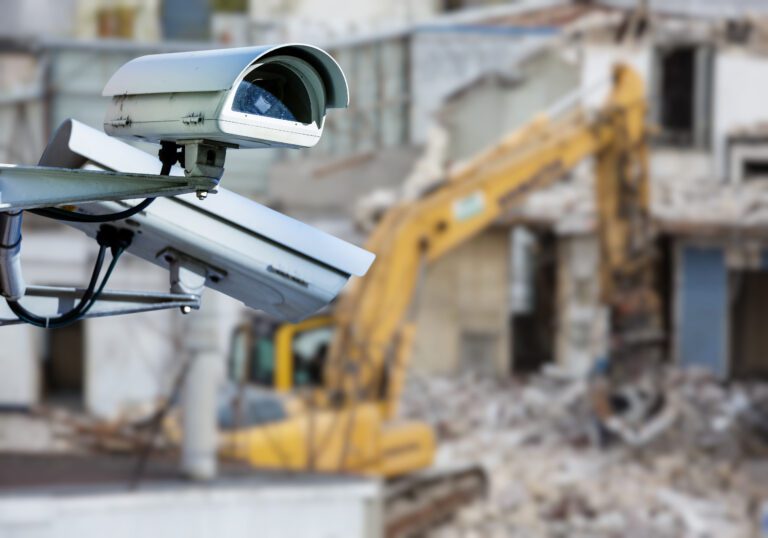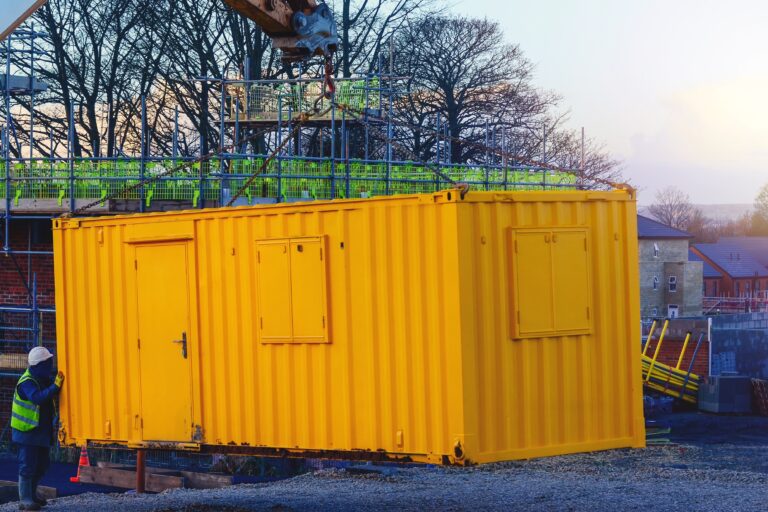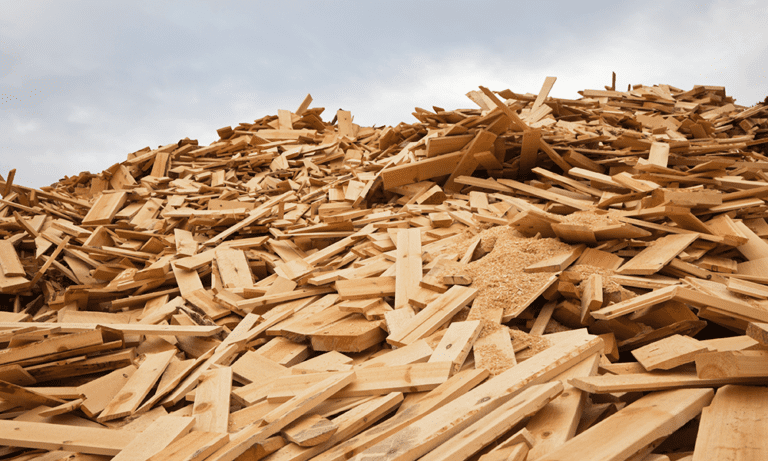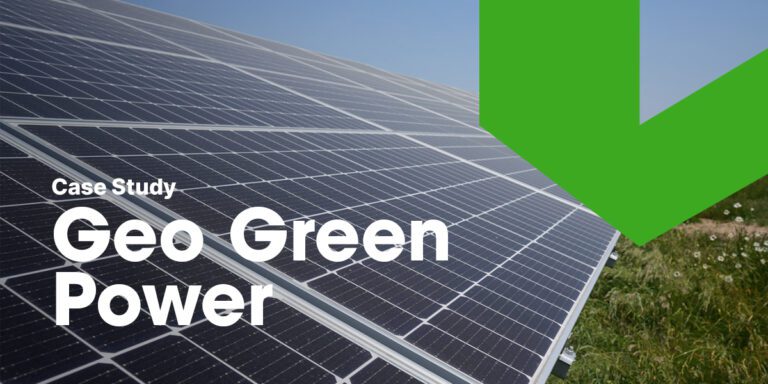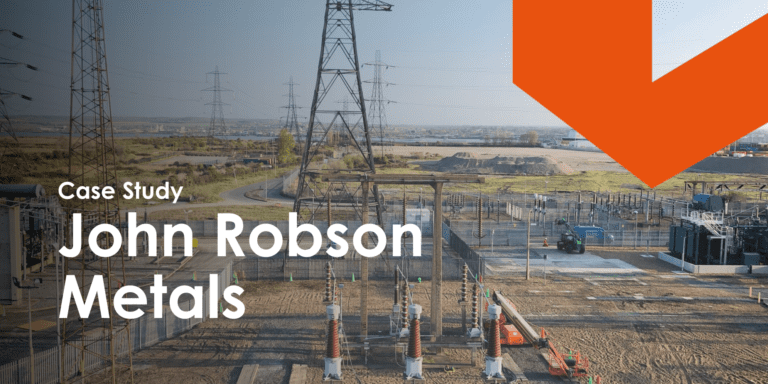7th October, 2021
Security Fencing and Pedestrian Barriers: How Safe Is Your Site?
Security fencing & pedestrian barriers are just two ways of keeping your construction site safe. We explore a range of safety measures & why they're important.
Security fencing and pedestrian barriers are just two ways of keeping your construction site safe and your staff secure.
When it comes to protecting your tools, employees, and the general public, it’s important you have the correct measures in place. This saves you from unnecessary delays and additional costs as you will have to replace any stolen pieces of equipment.
This is highly problematic for any construction company as this money could be better spent elsewhere. Furthermore, in terms of reputation, this will negatively impact your business as the job will take longer to complete.
Aside from your tools, the safety of your employees should never be compromised. In this blog post we’ll explore why site security is so important, including what procedures you can implement to give you total peace of mind.
Why is Site Security Important?
Site security is important as construction projects are vulnerable to theft.
Criminals know there are highly valuable pieces of equipment on a construction site 24 hours a day, and will try to break in if there is not a sufficient level of security. If you consider some of the tools present on site, including power drills and welding equipment, it’s crucial these are stored away in secure containers to prevent them from falling into the hands of thieves and vandals.
Unfortunately, these criminals are usually very experienced at stealing high-value machinery, so it’s important you have a comprehensive security solution. Moreover, sites which are not adequately controlled also put the welfare of their employees at risk.
Another thing to take into consideration, is that owners and project managers of construction sites which are not thoroughly secured, can be held liable for any accidents. This includes injuries to staff, the general public, or trespassers who have been able to just wander in.
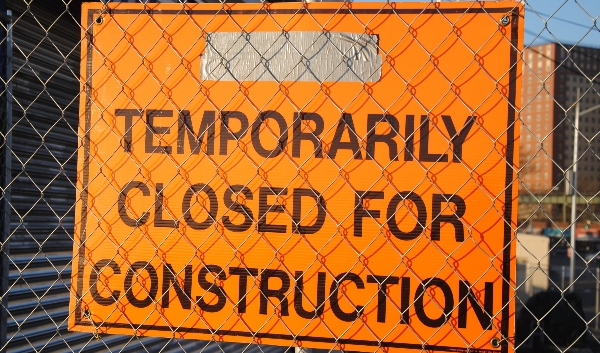
What Does the Law Say?
The Health and Safety at Work Act 1974 states that all event organisers and project managers have a duty to keep people safe and must put effective measures in place to protect workers, volunteers, and the general public.
As a result, controlling access to a site is vital to prevent anyone from working into a hazardous area. This means you need to assess the potential of crushing (in terms of events), moving vehicles, dangerous behaviour, equipment security, and how to section off different areas of a worksite.
Security fencing and pedestrian barriers are a great way to ensure this happens, alongside other security procedures which we’ll discuss in more detail below.
What Are the Challenges of Construction Site Security?
Securing your construction site can be difficult for a number of reasons and it’s important you take these factors into consideration when planning the best security solution.
First of all, sites are busy meaning there is constant movement. Workers are usually walking around into different locations, carrying out a variety of tasks, and concentrating on the job at hand. Therefore they are not really looking for potential thieves and could easily miss someone wandering onto site.
In addition, there will be a range of vehicles moving about including diggers and excavators, which can act as a distraction. This provides opportunists with the perfect chance to walk in unchallenged and help themselves. Alternatively, they might use this time to check out the security system (or lack of) so that they can return and carry out a more organised theft.
Construction sites also have a variety of access points to accommodate vehicles, workers, and authorised visitors such as surveyors, and managers. These access points can change as the project progresses meaning they are difficult to control.
Site owners also face the challenge of correctly storing heavy vehicles and pieces of equipment. Unlike smaller tools, these can be more difficult to secure as they require a large lock up area. Therefore you need to consider how to do this in the most cost effective and safe way.
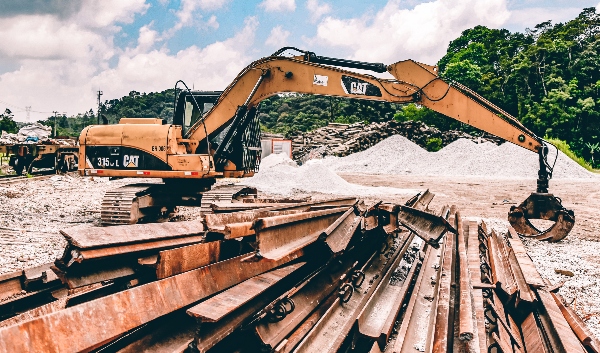
How Can I Keep My Construction Site Safe?
Thankfully, security systems are becoming more advanced, allowing project managers to sufficiently secure their site 24 hours a day.
Managers are also becoming much aware of the importance of a security solution in terms of saving time, money, and any potential harm to their workforce. As we’ve discussed, protecting your site is also important for a company’s reputation, as maintaining high customer satisfaction relies on having the right tools at the right time.
It makes total business sense to understand and implement different security procedures, allowing you to go about your job, with the knowledge that your site is secure.
Let’s take a look at some different security measures.
Anti-Vandal Site Storage
An anti-vandal storage unit, or anti-vandal cabin, is designed for unsecured sites and premises. They look similar to shipping containers and can either be supplied singularly or double stacked to maximise space and capacity.
These cabins provide the perfect storage space for large pieces of machinery and are highly durable. Designed to withstand any break in, these structures protect important tools, documents, and information when the site is not in use. They undergo industry standard testing to ensure they are strong and capable of withstanding vandalism.
Usually made from glass reinforced plastic (GRP), this material is robust but also very lightweight and low maintenance. As a result, you will not need to worry about cleaning or repairing your cabin while it is in use.
Anti-vandal storage units are ideal for a variety of outdoor and remote locations, as they can be exposed to chemicals and different weather conditions.
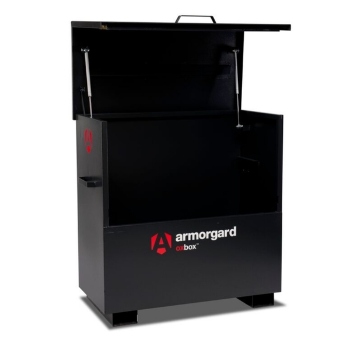
Security Tool Box
Your tool box is one of your most valuable assets, as when it is filled with different pieces of equipment, it can be worth thousands of pounds. You don’t want to leave this in the hands of a criminal who can simply walk away with it!
When tools are not in use, for example during the night, they should be stored away so that they are not visible to opportunists. You should never leave any tool on show as this could attract passers by and encourage them to break in.
What’s more, putting your tools away at the end of your shift is not a time consuming exercise and it should be part of your routine. As a manager, you should hold regular toolbox talks to discuss different health and safety requirements on site. This includes educating your employees about the importance of correctly storing their tools and the potential consequences of making them visible to intruders.
At YardLink, our tool box is sturdy and robust to ensure your tools are protected. It can easily be maneuvered and positioned into the correct location as your project progresses. It’s available in two different sizes to allow you to choose the best solution for your site.
Temporary Fencing
Temporary fencing allows site owners to keep out unwanted attention. By installing a site security perimeter, you can be confident that your site and its contents are protected. This will also act as a deterrent to any criminal considering a break in, as they will first have to climb over the fencing which is more problematic – especially if they are carrying tools.
You can also use temporary fencing to separate areas of the construction site by placing barriers in between. This helps keep different work areas organised as the project continues to progress.
Temporary fencing is a highly effective way of securing your site, but it can be vulnerable to weather conditions including high winds. This can cause a further safety risk if they blow over, as fallen panels can hit your employees or the public.
As a result, when installing temporary fencing you need to use stabiliser struts. These stability enhancing accessories keep your fencing strong and rigid, and decrease the risk of them blowing over. Not only does this protect your staff, but it also makes it more difficult for potential thieves to knock over or lift.
Therefore, they will be unable to create an opening to your site which is essential.
Security Guards
The presence of security guards are highly visible and deter any inappropriate actions on site. By having well-trained security guards surveying the area, you can be assured that your construction equipment and materials are safe day and night.
Moreover, security guards can help ensure your staff are safe by spotting any potential risks early on. They help improve site security through their constant presence, monitoring, and reporting of any issues. For example, they might notice a leak and stop it before it leads to flooding and damage to machinery.
In terms of intruders, security guards will be able to prevent people from breaking in. If an intruder sees a guard on duty, they are more likely to leave and choose an easier target. This gives site owners peace of mind, as they know the construction site is manned.
YardLink offers security guard services to keep your construction site safe and secure. For more information about this service, get in touch with a member of our friendly team today.
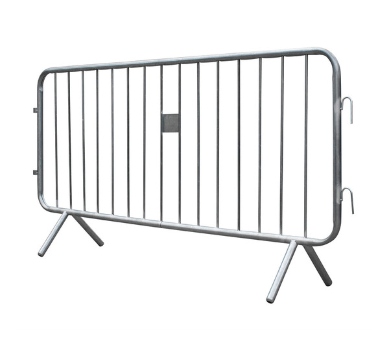
Pedestrian Barriers
Pedestrian barriers are key when it comes to securing your site. Whether you work in construction, or events management, these pieces of equipment help with access control and keep people safe.
According to the Health and Safety Executive, around 7 workers die each year as a result of accidents involving vehicles or mobile plant on construction sites. A further 93 are injured. These statistics can be lowered by making site routes safe, and separating roadways from walkways.
In terms of a construction site, it’s important the general public are not able to simply walk into a hazardous area. As we’ve already covered, there will be lots of moving machinery and potentially dangerous equipment present. Therefore, it’s essential pedestrian barriers are in place to prohibit them from entering and putting themselves at risk. This is equally important for workers on site who will be walking across different routes to complete their job.
Warning signage can also be attached to pedestrian barriers to act as a visual deterrent. You could also hang signage to tell the public that CCTV is in operation to discourage potential criminals.
Road Cones
The main purpose of traffic cones is to alert the public that construction work is underway in a particular area or that a particular place is not safe.
It signifies to the public that they need to slow down before reaching the designated area as this enables them to continue driving safely. Perhaps a particular lane is closed and all cars need to filter into one lane instead. By positioning traffic cones correctly, you are giving an early warning to drivers and ensuring the flow of traffic can continue. In turn, this ensures there are minimal disruptions to drivers and reduces the possibility of traffic building up.
Traffic cones can also be used to signpost drivers to an alternative route. They are an easy yet effective way of telling them about an upcoming risk so that they can change their direction accordingly. Depending on the size of your project, and the area you’re working in, it’s important to place the cones correctly so drivers have enough notice.
At YardLink we supply small and large traffic cones to suit the needs of your project.
Lighting
Lighting is crucial for site safety. Without sufficient lighting, your workers will not be able to carry out their jobs safely – especially during winter months or during the night.
Employees working on site need to be able to see potential hazards, so that they can seek to resolve them. However, if they are working in low-lit conditions it increases the likelihood that they will trip over equipment and injure themselves. As a result, the site owner or project manager would be held liable for failing to adequately light the working area.
Sufficient lighting also protects members of the public. If your site is well lit, then pedestrians and unauthorised persons are less likely to enter and encounter potential hazards. Moreover, lighting deters thieves and vandals from entering the site. If they can see that you have sufficient lighting in place, then they know there is more chance of them being caught.
Lighting is also essential for CCTV cameras and enables you to identify any trespassers. If it comes to prosecution, then you will need to provide visual evidence of the trespasser which makes the role of lighting on construction sites even more important.
At YardLink, we supply a range of lighting solutions from floodlights to mobile tower lights. Regardless of your project requirements, you can be confident that we have a product to suit.
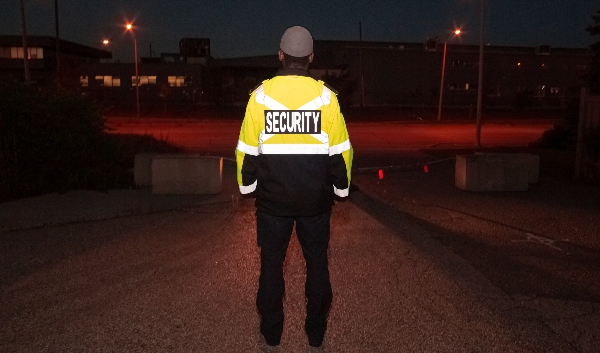
Security Fencing and Pedestrian Barriers: How Safe Is Your Site?
Construction site security is highly important to protect your staff, your tools, and the general public. There is a lot to think about here, but by carefully planning and implementing the correct safety procedures you can be confident that your site is safe.
This protects you in a number of ways and ensures your equipment does not fall victim to thieves. Many of the risks experienced by site owners and project managers can be mitigated by using the right equipment which we have explored above.
Having a comprehensive security solution lets you focus on completing your project with confidence and peace of mind.
Alongside the safety measures covered in this blog, YardLink also provides a range of additional products. This includes security cameras, mobile security cameras, and tracking equipment on plant hire such as dumpers, excavators, and telehandlers. For more information on these products, please get in touch with a member of our team.
YOU MIGHT ALSO BE INTERESTED IN

